The different types of Eucalyptus Essential Oils and Their Benefits
Posted on March 28 2021,

Though eucalyptus plants were originally native to Australia, today they are grown worldwide and heavily leveraged for their profound medical properties found in their oils. Whether it be clearing airways, disinfecting wounds, soothing irritated skin, to easing joint pain, eucalyptus essential oil has certainly earned a center stage spotlight as a leading natural resource. Now, as wonderful as it may be, the key thing to remember here is that not all eucalyptus essential oils are created equal.
To date, there are about 700 known species of this plant, which means that the most common eucalyptus oils on the market today feature unique attributes and beneficial properties based on where they were harvested from. Because the goal here is to choose the best resource the first time around, below is a breakdown of each leading eucalyptus type and the clear-cut differences between the eucalyptus essential oils, so there is no question on which is the ideal choice according to personal preference and needs.
Eucalyptus Globulus (Blue Gum)
One of the most common types to make essential oils is the eucalyptus globulus (blue gum). This particular type is endemic to southeastern Australia, contains around 70-85% cineole (aka Eucalyptol) and just so happens to create the most popular eucalyptus essential oil out there today. Essential oils from the eucalyptus globulus are often used to treat a diverse range of issues, such as muscle/joint aches and remediating respiratory challenges, and are known to stimulate healthy blood circulation throughout the body, leaving one feeling warm and mentally focused.
Eucalyptus Radiata
Another highly demanded type is eucalyptus radiata and is favored for being a more soothing and gentler eucalyptus version. On average, eucalyptus radiata contains 65% cineole. With lower percentages of the key compounds that make up the therapeutic properties, eucalyptus radiata still has very similar qualities as the primary one, eucalyptus globulus. Overall, eucalyptus radiata is a lighter type with a softer odor and tends to be intertwined with eucalyptus globulus to spearhead respiratory issues. So, for those looking for a similar health and wellness outcome but with a more “eased” approach, eucalyptus radiata just might be the more favorable option.
Eucalyptus Dives
Those who have small kids at home can have peace of mind investing in eucalyptus dives. This type of essential oil is a notable kid friendly choice, making it safest to utilize in the presence of small children. Why? Because eucalyptus dives only have a small percentage (less than 5%) of cineole, unlike its counterparts, and this chemical is not recommended to be used around young kids. In a nutshell, eucalyptus dives essential oil holds a very refreshing menthol aroma that is able to open airways and clear sinuses and can also be used in DIY cleaning products for its antimicrobial compounds.
Eucalyptus Citriodora (Lemon Eucalyptus)
Eucalyptus citriodora, also referred to as lemon eucalyptus, is another essential oil type with around 2% cineole and nearly 75% of citronellol. The richness in citronellol provides its powerful repellent and antifungal properties. Eucalyptus citriodora has a much sweeter scent, allowing it to blend much more seamlessly with other oils such as cedarwood and patchouli. All in all, it may not be as sought out and potent, but it is worth considering if a sweet-smelling aroma is part of the overall objective.
Eucalyptus Polybractea (Blue Mallee)
After a few lower leveled cineole types, let’s switch it back with eucalyptus polybractea, aka blue mallee. Eucalyptus polybractea actually has one of the highest percentages of cineole, often ranging anywhere from 88 to 92%. For this type, it is primarily used for things like pharmaceutical preparations due to its rich cineole content. Being one of the highest essential oil-yielding resources, eucalyptus polybractea essential oil has been long used for its healing and antiseptic compounds. However, those who use this should be diligent about diluting before use to optimize safety and outcomes.
Eucalyptus Smithii
Though not as common as eucalyptus globulus and eucalyptus radiata for its reduced aroma, eucalyptus smithii has been vastly used to boost several pharmaceutical benefits for its antiviral, antibacterial, and analgesic elements. As a fun fact, eucalyptus smithii does come from Australia, but it is also grown in parts of South Africa. Now, because it contains low levels of cineole and is the most mellow type of essential oil amongst the eucalyptus family, it makes for a perfect solution for those who have sensitive skin or enjoy milder scents, as they are able to gain the benefits without having to face potential irritations.
Blue Eucalyptus (Eucalyptus Bicostata)
Eucalyptus bicostata, more often referred to as blue eucalyptus, is a species that is grown in both Ecuador and Australia. Keep in mind that the one grown in Australia is usually called 'southern blue gum'. For starters, eucalyptus bicostata is unique because of its high alpha-pinene levels (26%), giving the oils that come from this plant robust anti-inflammatory effects. As of right now, there are some botanists who advocate that eucalyptus bicostata should be considered a subspecies of eucalyptus globulus, but it is still deemed its own type at this time.
Eucalyptus Staigeriana
Next is eucalyptus staigeriana, which tends to be named 'lemon ironbark' and should not be confused with lemon myrtle essential oil. What makes eucalyptus staigeriana its own essential oil category is due to the reality that it has high traces (around 51%) of aldehydes. For those who don't know, aldehydes are exceptionally diverse compounds that are used to make dyes, organic acids and are integrated into soaps and detergents. In terms of essential oils, eucalyptus staigeriana holds medium/mild respiratory potency as it has around 35% cineole and is best known for its citrusy, uplifting aroma.
Eucalyptus Macarthurii
Last but not least, eucalyptus macarthurii is a very fruity, soft, and almost rosy scented option, which is very different from the aromas that the others above give off in their own way. Found exclusively in South Africa, eucalyptus macarthurii acts as an antiseptic oil that can be used topically to treat things like wounds, burns, and sores or via aromatherapy to relieve congestion due to colds and cases of the flu. Along with this, eucalyptus macarthurii is said to not pose any type of risk for young children when diluted properly due to the lower levels of cineole. As a final note here, if kids are around and if a fruity/flowery undertone is the preferred aroma, then eucalyptus macarthurii just might be the perfect option to go with, even if it is not the most popular type on the market.
Conclusion - Which Eucalyptus Essential Oil to Choose?
There is no denying that as accredited and reputable as eucalyptus oils may be on the surface, there are several differentiating factors (primarily due to the different quantities of cineole) between each type that make them special and authentic in their own way. With that being said, though each may offer monumental health and wellness benefits that advance life quality, choosing the right one that aligns with specific objectives like sensitive skin or aroma concerns is vital to obtain favorable results.
In the end, make sure to not select an essential oil at random such as this one, and take adequate time to review and compare each type against the desired goal. Doing so is what will optimize a successful outcome and is the sure-fire way to gain the dynamic advantages that eucalyptus has to offer.
Written by Amber Dean
The different types of Chamomile essential oils and their benefits
“Though the chamomile, the more it is trodden on, the faster it grows, so youth, the more it is wasted, the sooner it wears.” -William Shakespeare, Henry IV. The...
Read More7 Benefits and Uses of Monarda Essential Oil
Introduction Monarda (Monarda fistulosa) essential oil is a steam distilled, colorless oil widely cultivated in the United States, Cananda and France. Besides being referred to as Monarda you may also...
Read More7 Superb Benefits and Uses of Wild Verbena Essential Oil
Holding exceptional medical properties, including soothing skin irritation and rectifying diverse congestion challenges, Wild Verbena essential oil is a native South African resource that features unparalleled health advantages. Wild Verbena...
Read MoreThe different types of Lavender Essential Oils and Their Benefits
Lavender is one of the most well-known and well-loved essential oils out there, and for good reason. Lavender essential oil has a multitude of applications and is helpful for the...
Read More

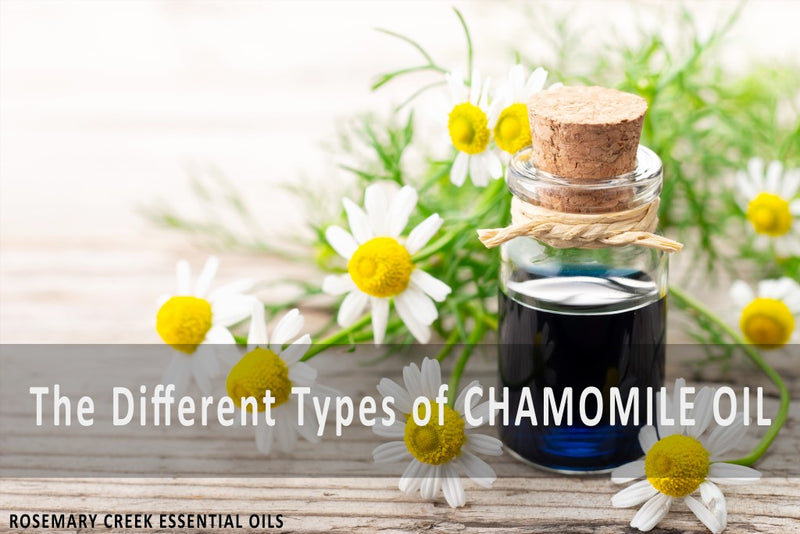
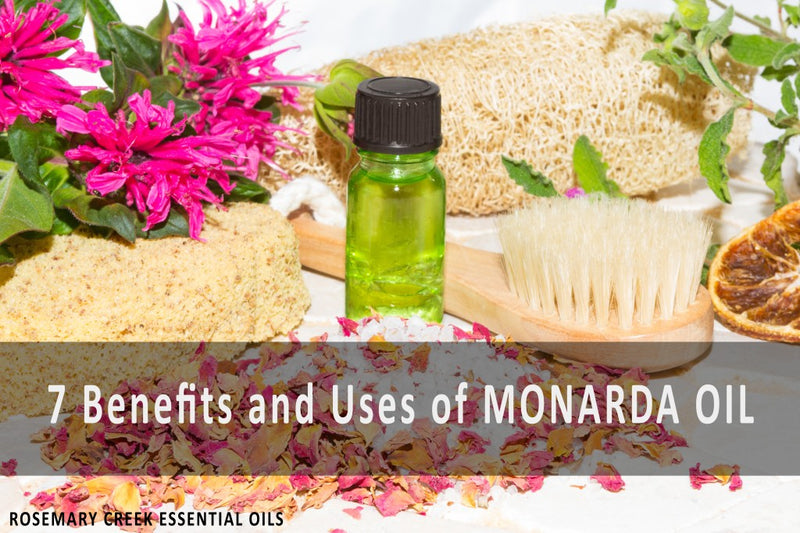
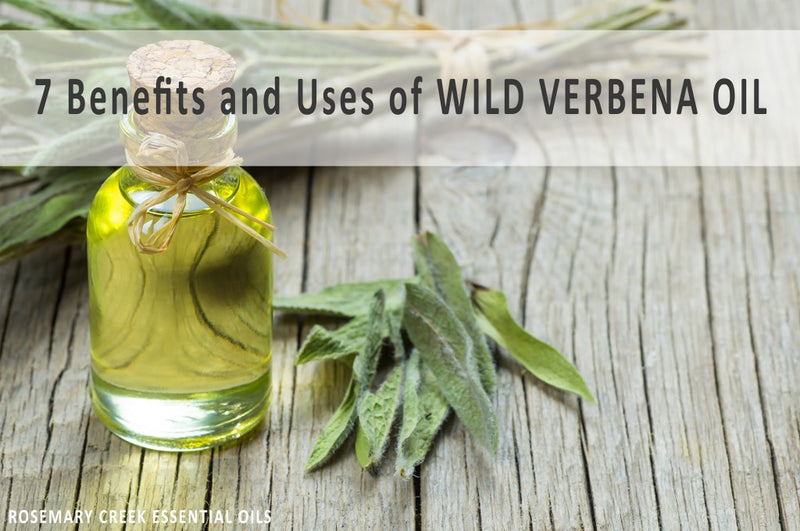
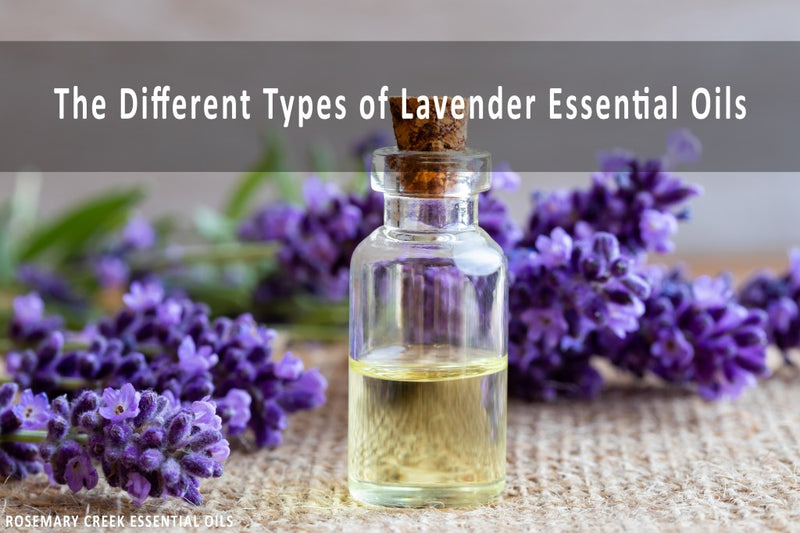
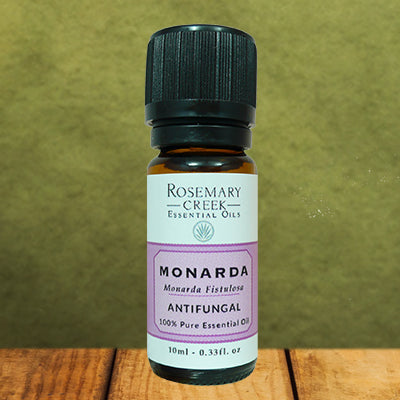
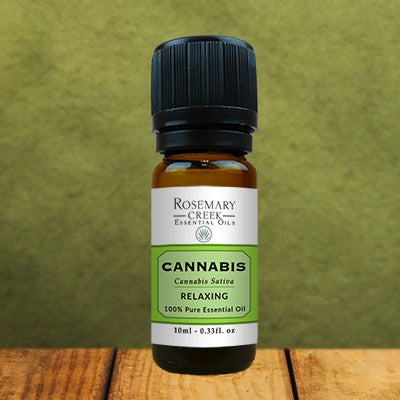
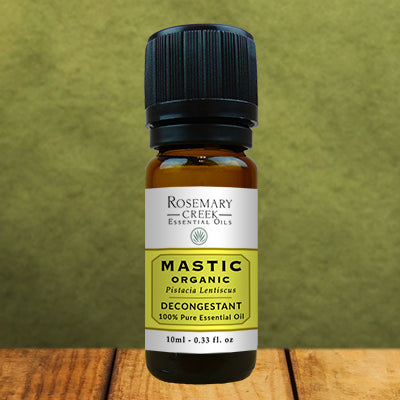

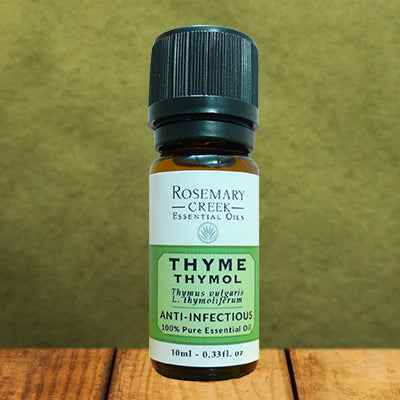
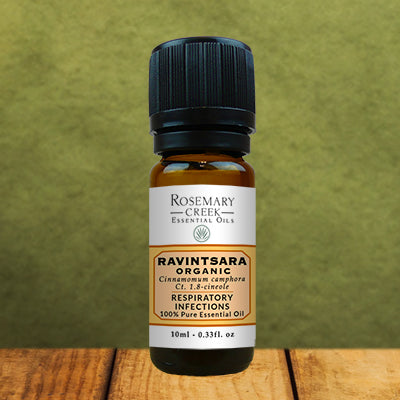
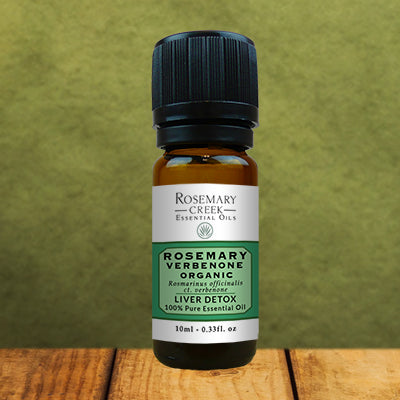
0 comments